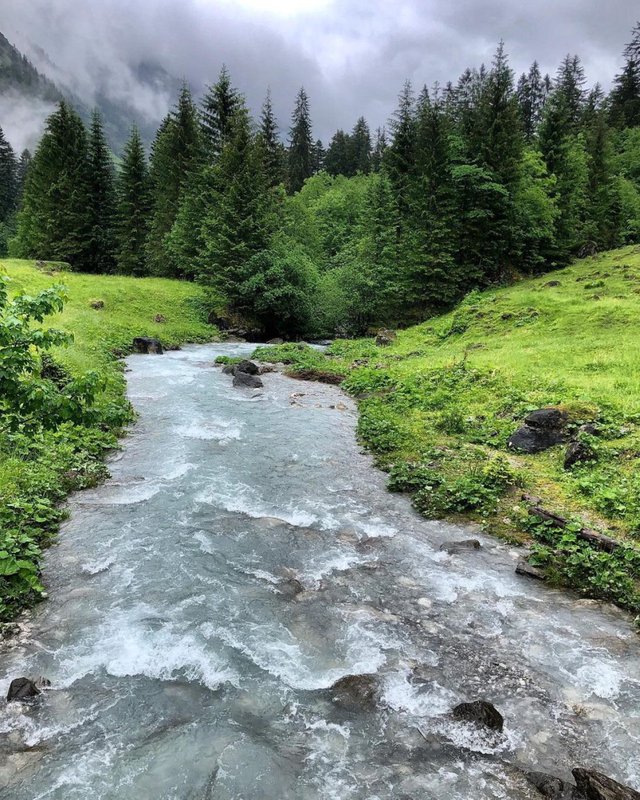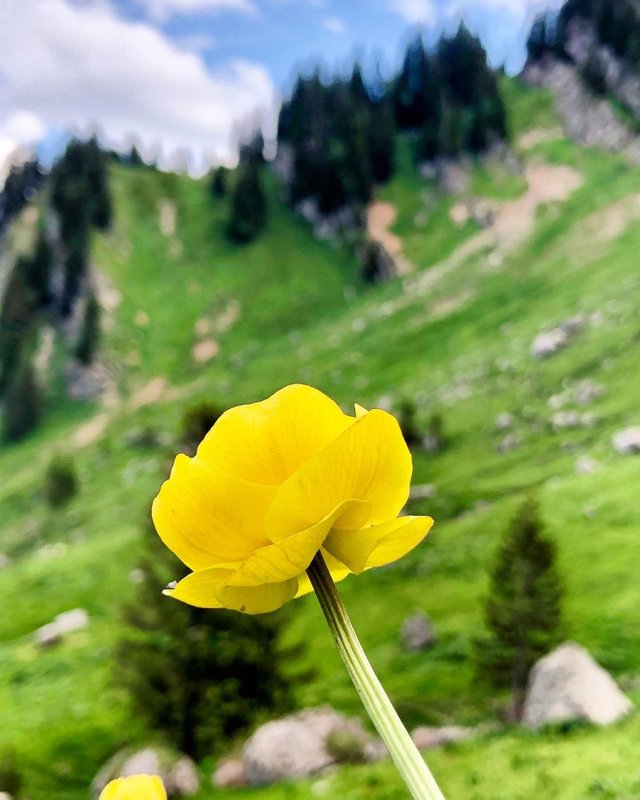
At present, there are various villages developed on the plateaus of the hills that end abruptly at the edge of the precipices that descend to the wild lands of the canyon. The villages have winding streets, some descending towards the valley in areas where the slopes are smoother, houses with red tiles, with almost flat roofs, showing us that there is not too much snow in the area. Houses, obviously of stone, built of pieces of limestone carved in parallelepiped shapes; houses that do not see the age, can be made yesterday or 1,000 years ago… Interesting, right?
At the base of the rock walls that dominate the place, sometimes we see pens with goats, less often sheep or cows, poor houses attached to the wall. Vegetable seedlings are cared for on small stepped terraces, supported by stone walls built by people of the past or present. At the base of the slopes you can see large stones that came off from above, and fell unstoppable, shattering everything under their weight. I can imagine the scene when such a "piece of mountain" detaches and collapses over the forest, over the houses, over any being, with the freedom of the boulder regardless of the consequences of its fall.

So that the Roussenski Lom area is not really perfect for nature, there are also lands cultivated with corn, cereal fields, demolished remains of former agricultural cooperatives, now practically some abandoned concrete , everything that is produced then is disposed of by the post-communist society of self-consumption, as a huge entity of transforming resources into garbage. Then the foresters, in the absence of intelligent brain activity, planted black pine and acacia here as well, based on the idea that if you can't do good, at least do something bad.
Ruse. As you walk through the central part of the city, you see the beautiful old buildings that surround the central square and the neighboring streets where car traffic is permanently stopped… an atmosphere that captivates you. It's not crowded, and that's because a lot of people have left Bulgaria in general, and even here. I understand that the city had about 350,000 inhabitants before the fall of communism, and now there are only 200,000 people left in the city.

Quiet terraces, with traditional dishes or exotic tastes for us, with the smoke rising from under the fried meat and the peppers baking in the heat of the embers. ‘Rachia’, beer and wine, the abundance that unfortunately cannot be accessible to many of the inhabitants of the communist blocs or of the degraded villages, in ruins, in different stages of abandonment. I see that around the city there are quite often panels on which are maps with small images of monuments / buildings / churches that can be attractive to visitors who come here. Beautifully made. From the hotel where I stay, Hotel Riga, a splendid view of the Danube, with cruise ships and local boats traveling on the river. From the 17th floor, however, the panoramic restaurant offers the real pleasure of looking at the Danube as a strip that stretches towards the horizon; The Danube with its islands and ponds, the buildings and the quiet life of the city of Ruse.
